Home>Construction & Tools>Building Materials>How To Remove Bees From A Brick Wall
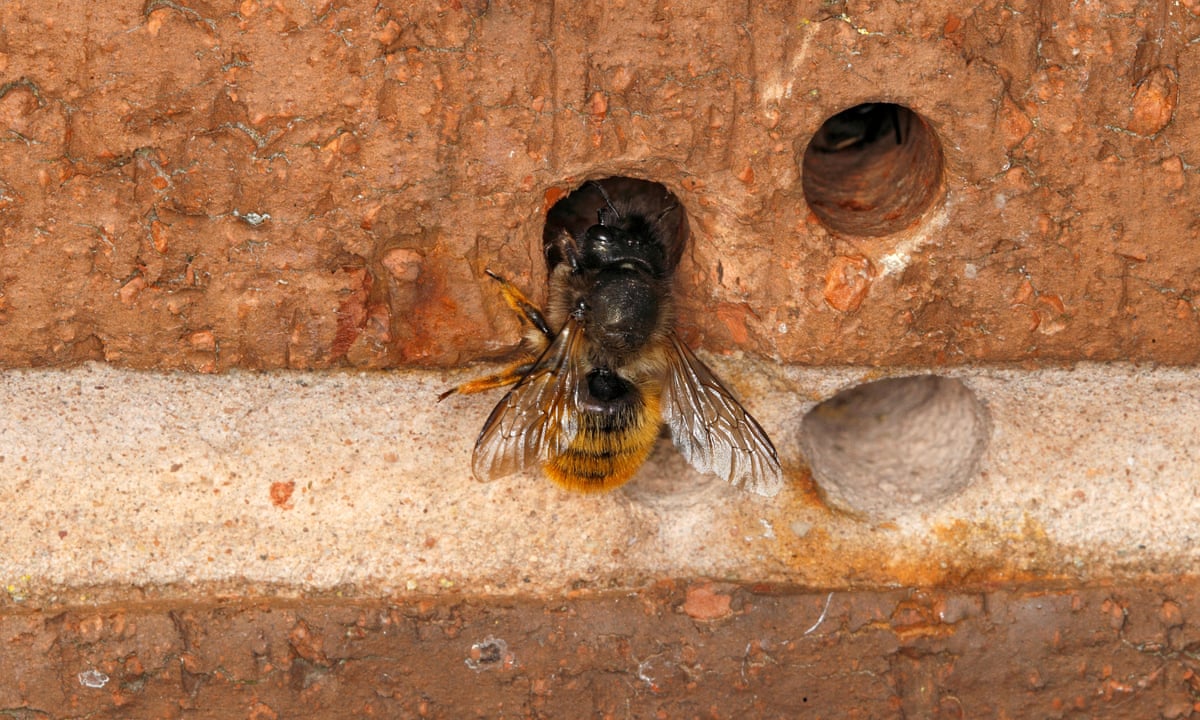

Building Materials
How To Remove Bees From A Brick Wall
Modified: February 18, 2024
Learn effective methods for safely removing bees from a brick wall using building materials. Expert tips and step-by-step guidance for a successful bee removal process.
(Many of the links in this article redirect to a specific reviewed product. Your purchase of these products through affiliate links helps to generate commission for Storables.com, at no extra cost. Learn more)
Introduction
Bees are essential for the environment, but when they decide to build their hive within the confines of a brick wall, it can pose a potential threat. The presence of bees in a brick wall not only raises safety concerns but also necessitates careful removal to ensure the well-being of both the bees and the individuals in the vicinity. In this comprehensive guide, we will explore the step-by-step process of safely removing bees from a brick wall while preserving the structural integrity of the wall and the ecological balance of the surrounding environment. Whether you are a homeowner dealing with a bee infestation or a professional tasked with resolving this issue, this guide will equip you with the knowledge and strategies necessary to address the situation effectively and responsibly.
Key Takeaways:
- Bees are essential, so removing them from a brick wall requires careful planning, protective gear, and humane methods to ensure their safety and the structural integrity of the wall.
- Timing, preparation, and sealing the wall are crucial for successful bee removal. By understanding bee behavior and taking proactive measures, we can coexist with bees responsibly.
Read more: How To Remove Plaster From A Brick Wall
Assessing the Situation
Before embarking on the process of removing bees from a brick wall, it is crucial to conduct a thorough assessment of the situation. Start by identifying the type of bees present, as this will influence the approach to removal. Common species that may inhabit brick walls include honeybees, bumblebees, and carpenter bees. Understanding the specific species is essential for devising a targeted and effective removal plan.
Additionally, assess the size and location of the bee colony within the brick wall. The size of the hive and the number of bees present will impact the complexity of the removal process. Furthermore, consider the proximity of the hive to human activity areas, such as entrances, windows, or outdoor living spaces. Evaluating these factors will help determine the level of urgency in addressing the bee infestation.
Furthermore, it is vital to assess the structural integrity of the brick wall. Bees may create cavities within the wall for their hive, potentially compromising its stability. Carefully inspect the exterior and interior of the wall for signs of damage caused by the bees’ presence. Identifying any structural issues will inform the approach to removal and any necessary repairs following the extraction of the bees.
Lastly, consider the environmental impact of the removal process. Bees play a crucial role in pollination and ecosystem health, so it is important to prioritize their well-being throughout the removal process. By assessing the situation comprehensively, you can develop a well-informed strategy that addresses the bee infestation effectively while minimizing potential risks and environmental impact.
Choosing the Right Time
Timing is a critical factor when it comes to removing bees from a brick wall. Selecting the right time ensures the safety of both the individuals involved in the removal process and the bees themselves. It is essential to consider the seasonal behavior of bees and the optimal conditions for a successful and humane extraction.
One of the key considerations when choosing the right time for bee removal is the season. Spring and summer are the most active periods for bees, as they forage for food and expand their colonies. It is advisable to schedule the removal during late evening or early morning when the bees are less active. During these times, the majority of the bees are inside the hive, making the extraction process safer and more manageable.
Weather conditions also play a significant role in determining the ideal time for bee removal. Avoid conducting the removal process during windy or rainy days, as these conditions can agitate the bees and make the task more challenging. Opt for a calm, dry day to facilitate a smooth and controlled removal process.
Furthermore, coordinate the removal with the blooming patterns of local flora. Bees rely on nectar and pollen for sustenance, and their foraging activities are closely tied to the availability of flowering plants. By aligning the removal with a period of abundant floral resources, you can reduce the likelihood of the bees relocating to a new site during the extraction, increasing the success of the removal process.
Considering these factors and choosing the right time for bee removal is essential for minimizing potential risks, ensuring the effectiveness of the extraction, and prioritizing the well-being of the bees. By strategically timing the removal, you can approach the process with greater confidence and achieve a successful outcome while promoting the safety of all involved parties.
Preparing for Removal
Effective preparation is key to ensuring a safe and successful bee removal process from a brick wall. By taking the necessary precautions and gathering the essential tools and materials, you can approach the removal with confidence and minimize potential risks. Here are the crucial steps to prepare for the extraction:
- Educate Yourself: Before initiating the removal, educate yourself about the behavior and characteristics of the specific bee species inhabiting the brick wall. Understanding their habits, nesting preferences, and defensive behaviors will inform your approach and enhance the safety of the removal process.
- Protective Gear: Prioritize safety by acquiring appropriate protective gear, including a beekeeper’s suit, gloves, and a veil. This gear will shield you from potential stings and provide a sense of security during the removal.
- Observe the Hive: Take time to observe the hive from a safe distance to gauge the bees’ activity patterns and identify potential entry points. Understanding the bees’ movements will aid in devising a strategic removal plan.
- Gather Necessary Tools: Assemble the tools required for the removal, such as a bee smoker, bee brush, hive tool, and a vacuum designed for bee removal. These tools will facilitate the extraction process and minimize disruptions to the bees’ habitat.
- Notify Others: If the brick wall is located in a shared or public space, inform individuals in the vicinity about the scheduled removal to ensure their awareness and safety.
- Secure the Surrounding Area: Establish a clear perimeter around the removal site to prevent unauthorized access and minimize disturbances during the extraction. Clear the area of any obstacles that may impede the removal process.
- Seek Professional Assistance: If you are uncertain about the removal process or encounter challenges during the assessment, consider consulting with a professional bee removal service. Their expertise and experience can provide valuable guidance and support in addressing the bee infestation safely and effectively.
By diligently preparing for the removal and equipping yourself with the necessary knowledge, gear, and tools, you can approach the extraction process with a heightened level of readiness and ensure a well-executed and considerate removal of the bees from the brick wall.
Seal off all entry points except one, then use a bee vacuum or call a professional to safely remove the bees from the wall.
Removing the Bees
When it comes to removing bees from a brick wall, a methodical and cautious approach is essential to ensure the safety of both the bees and the individuals involved in the extraction. The following steps outline a responsible and effective process for removing the bees from the brick wall:
- Utilize a Bee Smoker: Begin by using a bee smoker to calm the bees and reduce their defensive behavior. The gentle application of smoke near the hive entrances can encourage the bees to consume honey, inducing a state of tranquility that facilitates the removal process.
- Protect the Queen: During the removal, prioritize the protection of the queen bee, as she is crucial to the hive’s survival. Safeguarding the queen bee will help maintain the cohesion of the colony and increase the likelihood of a successful relocation.
- Gradual Extraction: Employ a gradual and methodical approach to removing the bees from the brick wall. Utilize a bee brush to gently encourage the bees to leave the hive, minimizing disruptions to their natural behavior and reducing the risk of agitation.
- Use of a Bee Vacuum: Consider utilizing a bee vacuum designed for humane bee removal. This specialized equipment enables the gentle suction of bees from the wall without causing harm, allowing for their safe relocation to a suitable habitat.
- Seal Entry Points: As the bees are removed, seal the entry points to prevent the re-establishment of hives within the brick wall. Employ appropriate materials, such as steel wool or caulk, to effectively block off potential nesting sites and deter future infestations.
- Monitor Bee Activity: Following the removal, monitor the area to ensure that all bees have been successfully extracted from the brick wall. Observe the bees’ behavior and track any attempts to re-enter the wall, addressing any residual activity promptly.
Throughout the removal process, prioritize the well-being of the bees and strive to minimize disruptions to their natural habitat. By approaching the extraction with care and respect for the bees, you can foster a harmonious coexistence while addressing the bee infestation responsibly.
Read more: How To Remove Chalk From Brick Wall
Sealing the Wall
Once the bees have been safely removed from the brick wall, it is crucial to take measures to seal the wall effectively, preventing future infestations and preserving the structural integrity of the structure. Properly sealing the wall will fortify it against potential bee re-entry and contribute to the long-term maintenance of a bee-free environment. Here are the essential steps for sealing the wall after bee removal:
- Inspect for Gaps and Cavities: Thoroughly inspect the exterior and interior of the brick wall for any gaps, cracks, or cavities that may serve as potential entry points for bees. Addressing these openings is vital for preventing future infestations.
- Utilize Suitable Sealants: Choose high-quality sealants, such as silicone-based caulk or expanding foam, to fill in the identified gaps and crevices. Ensure that the sealants are durable and weather-resistant to provide long-lasting protection against bee intrusion.
- Reinforce Vulnerable Areas: Pay special attention to vulnerable areas, such as around windows, doors, and utility penetrations. Apply additional reinforcement and sealant to these areas to create a robust barrier against bee entry.
- Implement Physical Barriers: Consider installing physical barriers, such as fine mesh screens or metal flashing, over potential entry points to further deter bees from accessing the wall’s interior. These barriers can serve as an additional layer of protection against bee infestations.
- Conduct Regular Maintenance: Establish a routine maintenance schedule to inspect the sealed areas and address any signs of wear or damage. Proactive maintenance will help sustain the integrity of the wall’s seal and prevent future vulnerabilities.
- Consult with Professionals: If you encounter challenges or require guidance in effectively sealing the wall, consider consulting with professionals specializing in structural maintenance and pest prevention. Their expertise can provide valuable insights and ensure comprehensive protection against bee intrusions.
By meticulously sealing the brick wall following the bee removal, you can create a resilient barrier that safeguards the structure against potential bee infestations. This proactive approach not only protects the property but also contributes to fostering a bee-friendly environment that respects the well-being of these essential pollinators.
Conclusion
Removing bees from a brick wall demands a blend of sensitivity, expertise, and strategic planning to ensure a harmonious resolution for both the bees and the affected environment. By approaching the process with care and consideration, individuals can mitigate the risks associated with bee infestations while upholding the vital role of bees in the ecosystem. It is essential to recognize that bees are not pests but rather integral contributors to the natural world, and their removal should be approached with respect for their well-being.
Throughout the removal process, the assessment of the situation plays a pivotal role in understanding the specific bee species, evaluating the hive’s size and location, and assessing the structural integrity of the brick wall. This comprehensive assessment informs the development of a targeted and effective removal plan that prioritizes the safety of the bees and the individuals involved.
Choosing the right time for bee removal is crucial, as it aligns with the seasonal behavior of bees, favorable weather conditions, and the availability of floral resources. By strategically timing the removal, individuals can enhance the safety and success of the extraction while minimizing potential disruptions to the bees’ natural activities.
Preparing for the removal involves acquiring essential knowledge, protective gear, and the necessary tools, as well as securing the surrounding area to facilitate a smooth and controlled extraction process. This preparation sets the stage for a well-executed and considerate removal of the bees from the brick wall.
During the removal process, a methodical approach that incorporates the use of a bee smoker, gentle extraction methods, and the protection of the queen bee is essential for ensuring the safety and well-being of the bees. By prioritizing the gradual removal of the bees and the subsequent sealing of entry points, individuals can minimize the likelihood of future infestations while fostering a balanced coexistence with bees.
Sealing the wall following the bee removal is a critical step in fortifying the structure against potential bee re-entry. Thoroughly inspecting, sealing, and reinforcing vulnerable areas of the brick wall creates a resilient barrier that safeguards the property and promotes a bee-friendly environment.
In conclusion, the responsible removal of bees from a brick wall not only addresses immediate safety concerns but also contributes to the preservation of bee populations and the promotion of sustainable coexistence. By approaching the removal process with empathy, expertise, and environmental consciousness, individuals can achieve a successful resolution that respects the intrinsic value of bees and fosters a harmonious relationship with these essential pollinators.
Frequently Asked Questions about How To Remove Bees From A Brick Wall
Was this page helpful?
At Storables.com, we guarantee accurate and reliable information. Our content, validated by Expert Board Contributors, is crafted following stringent Editorial Policies. We're committed to providing you with well-researched, expert-backed insights for all your informational needs.
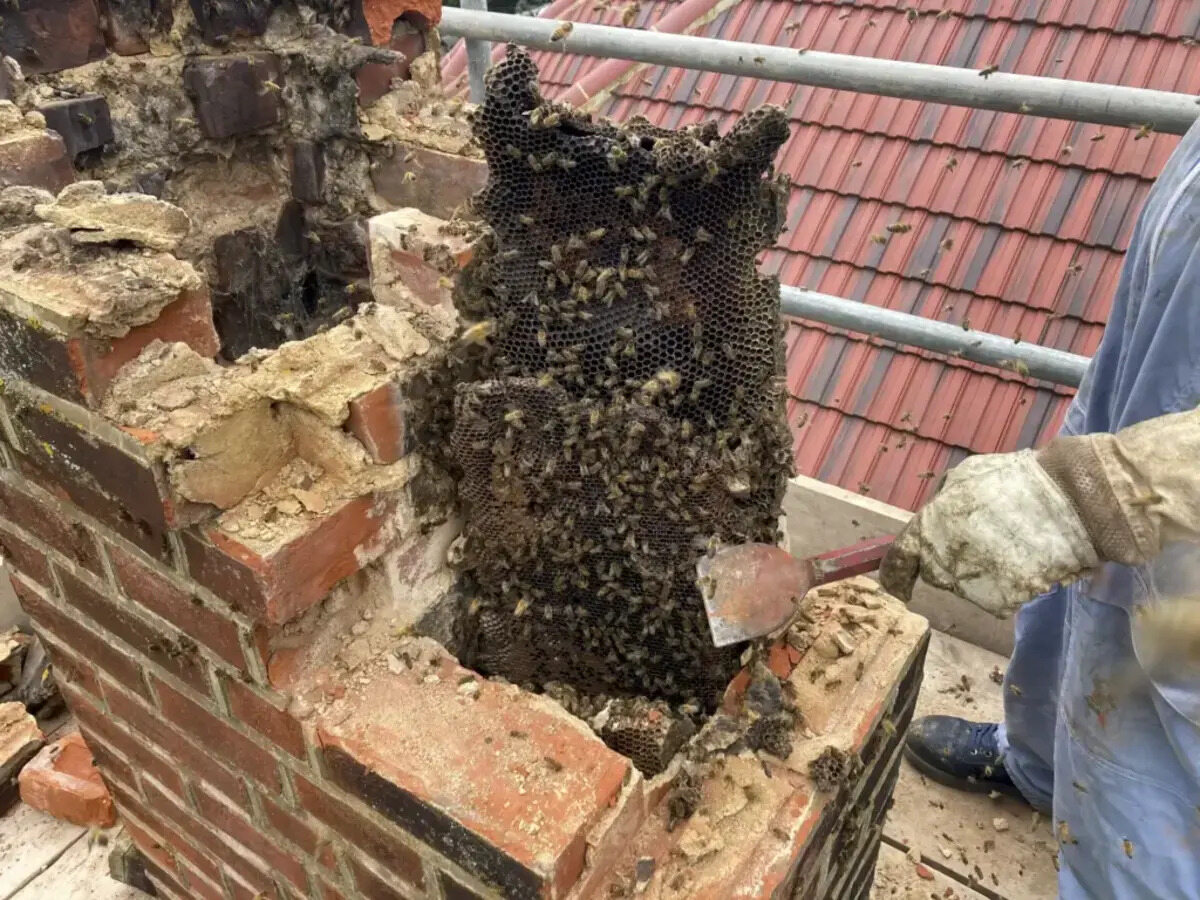
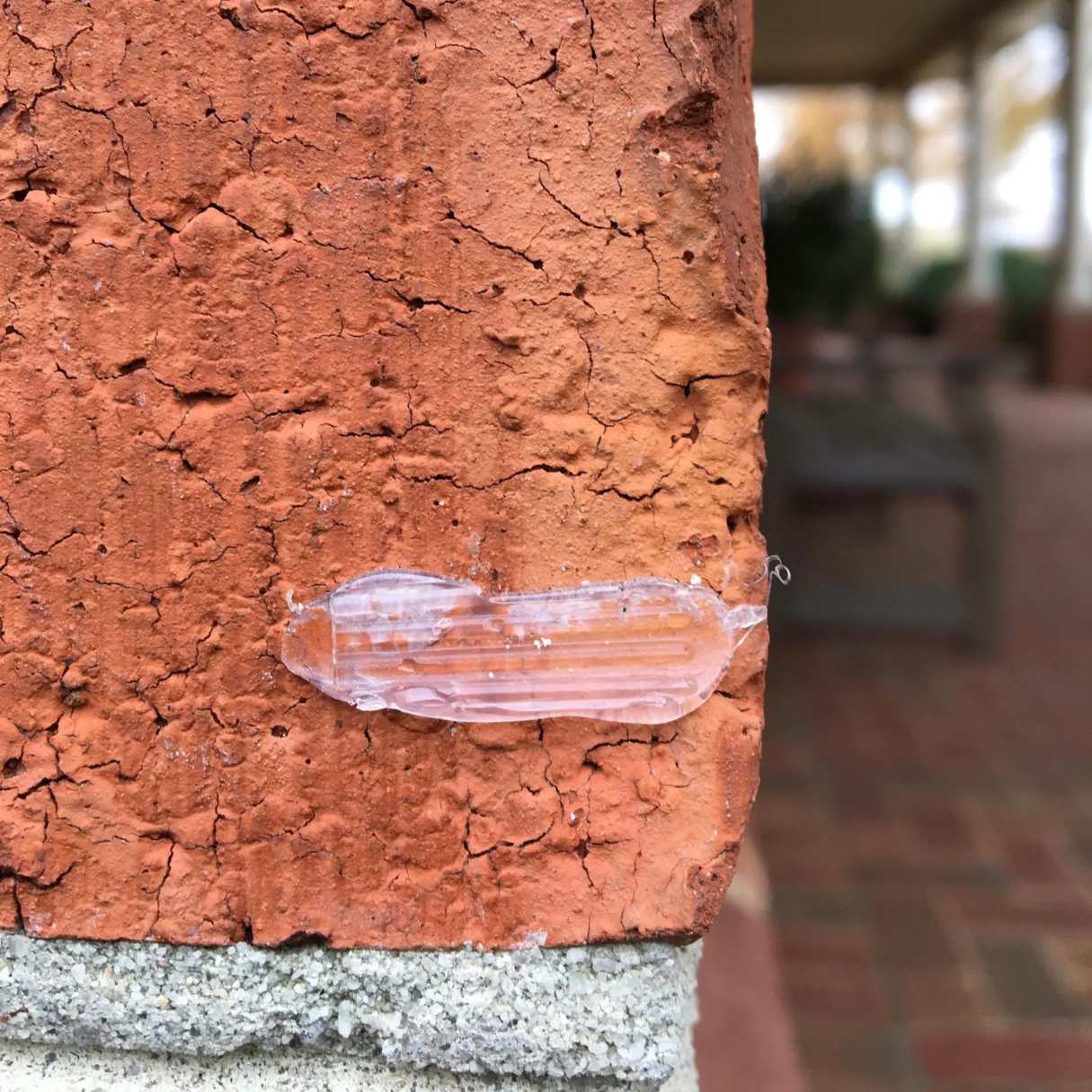
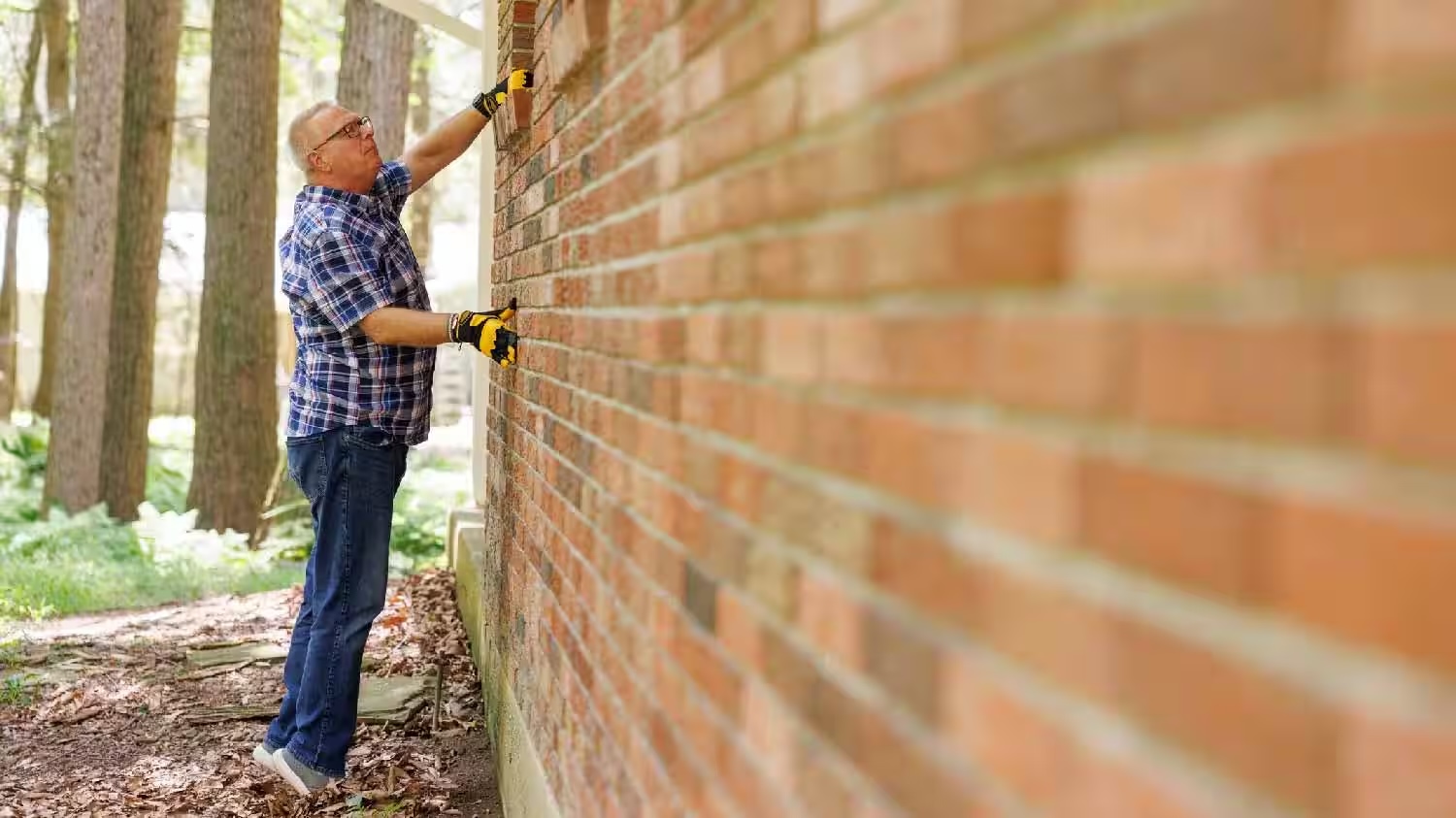
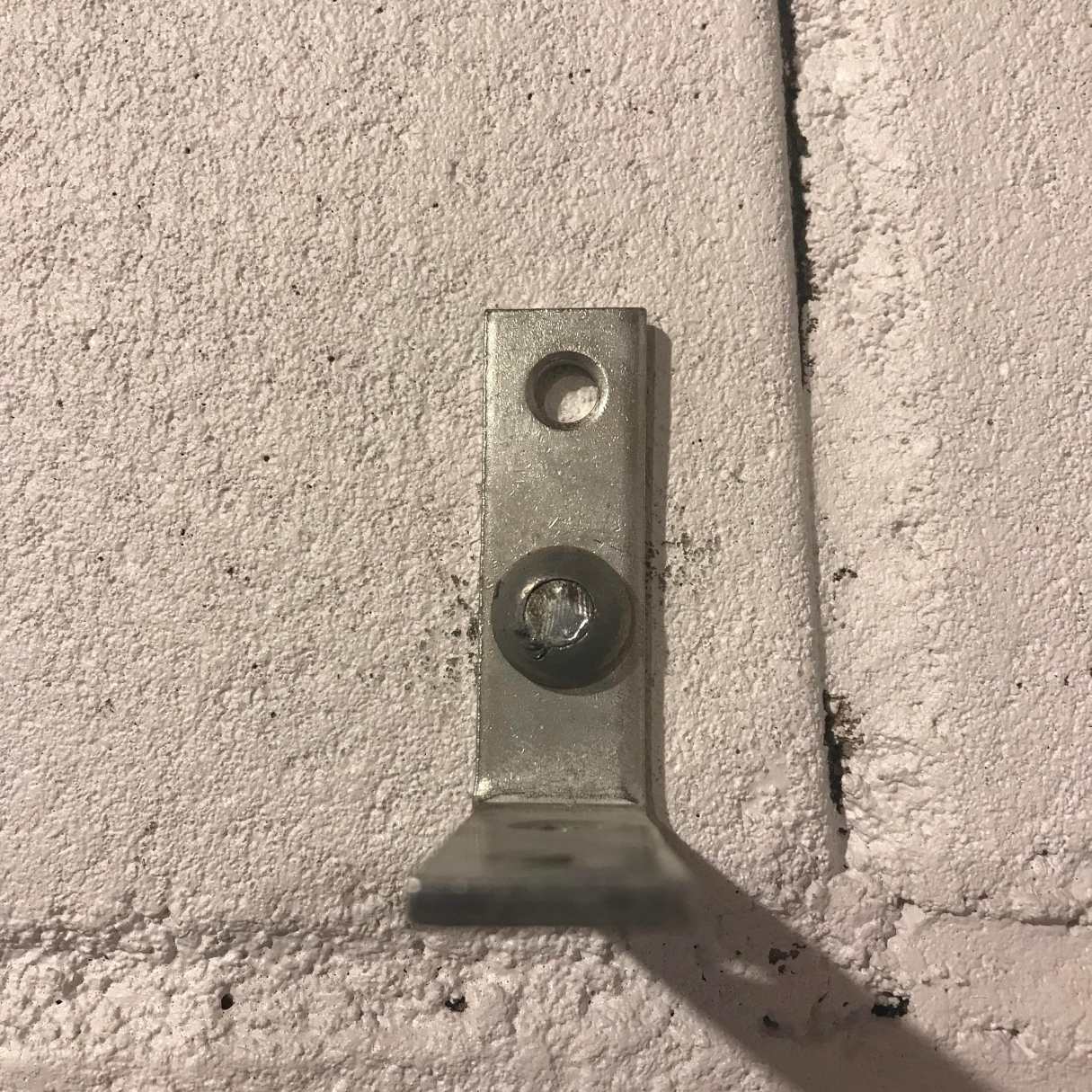
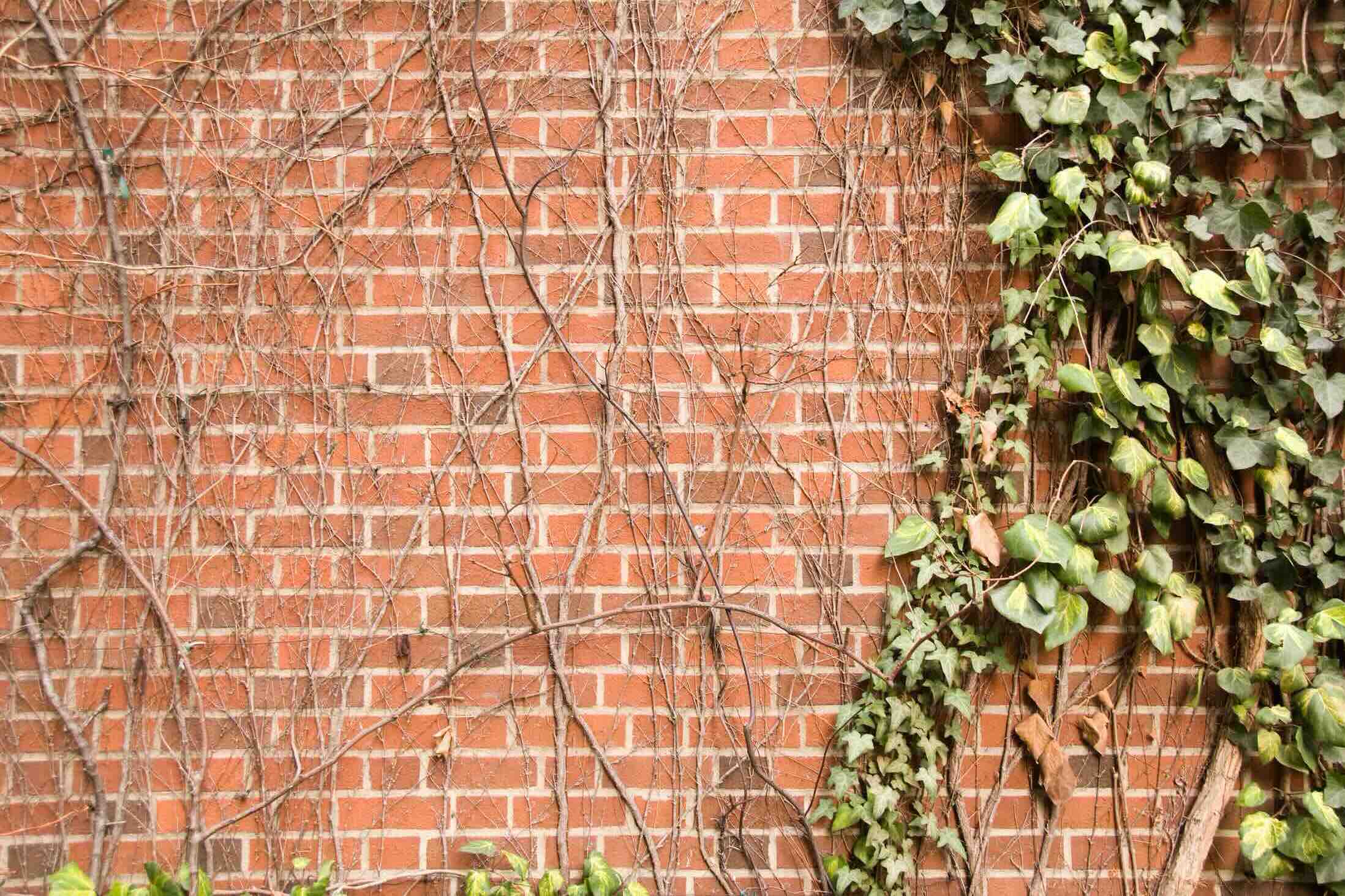
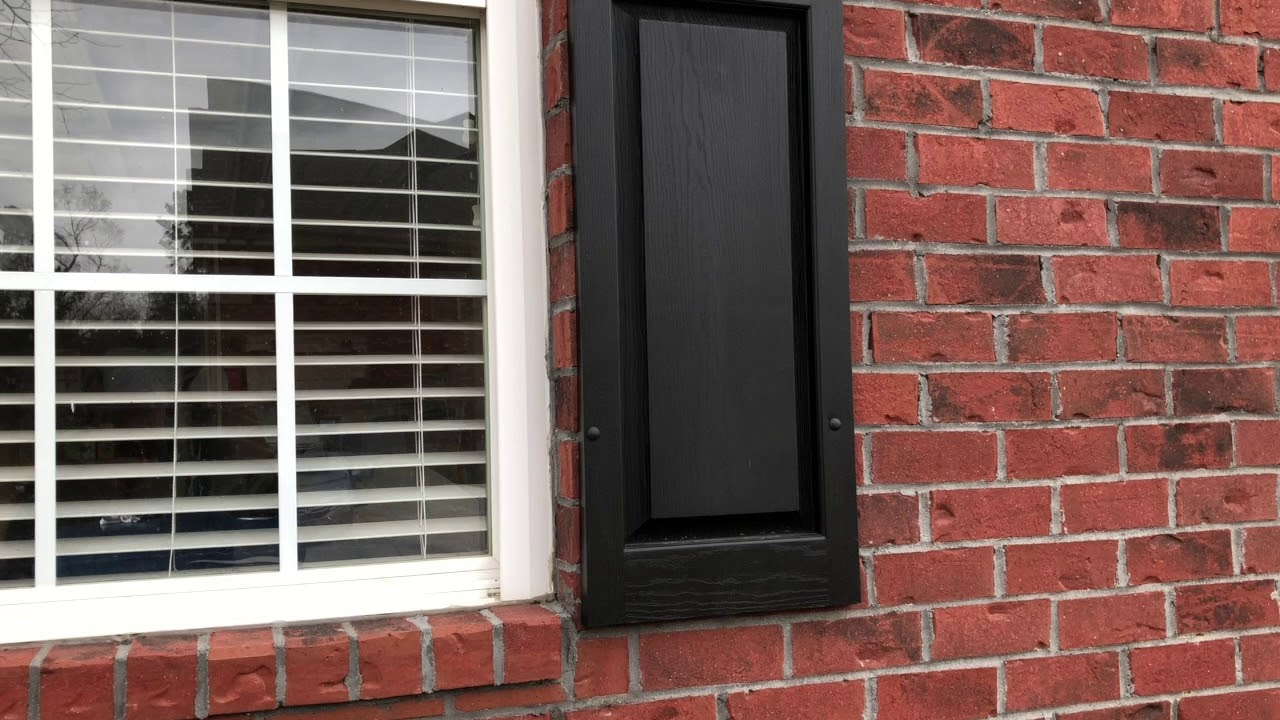
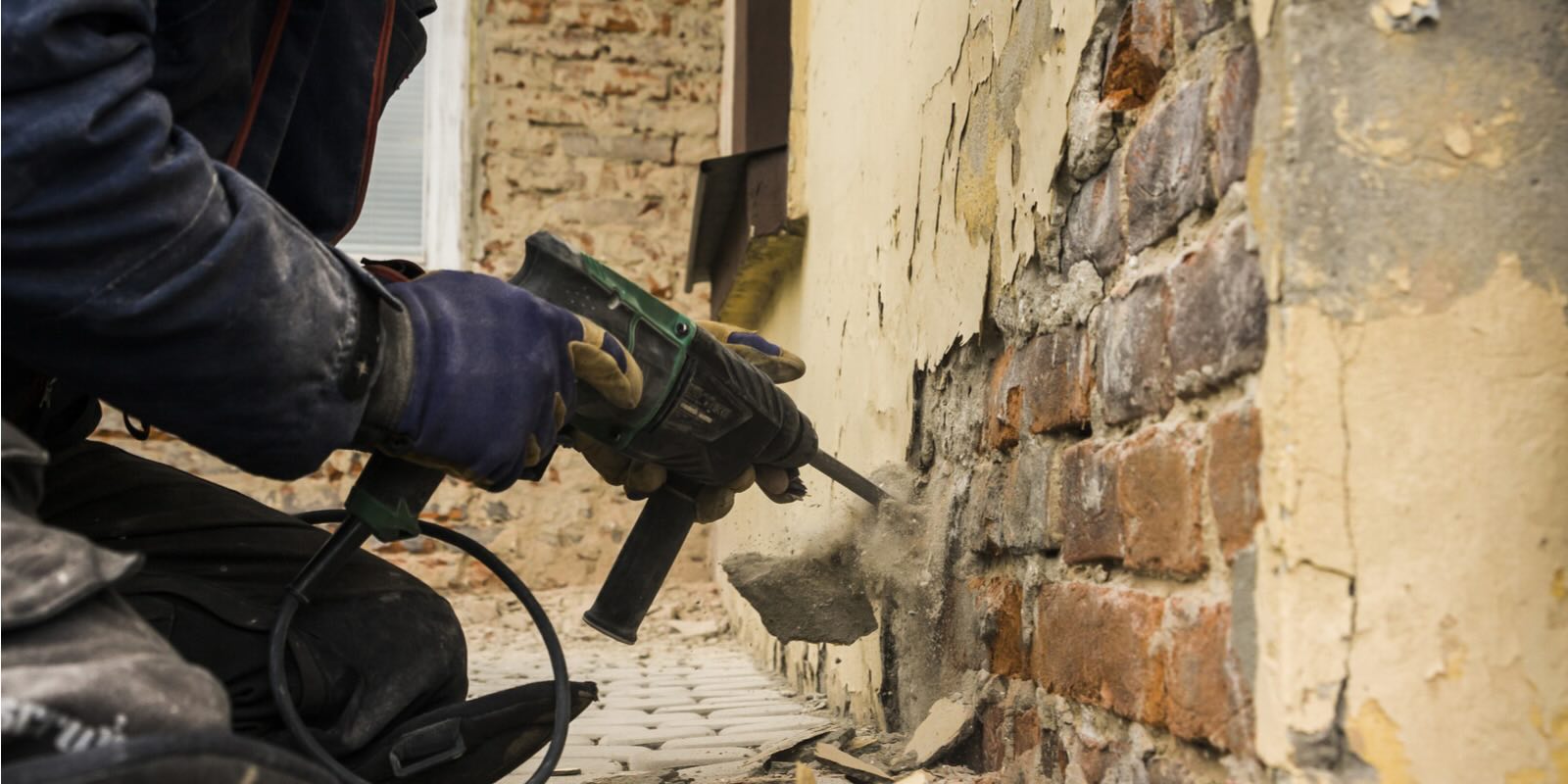
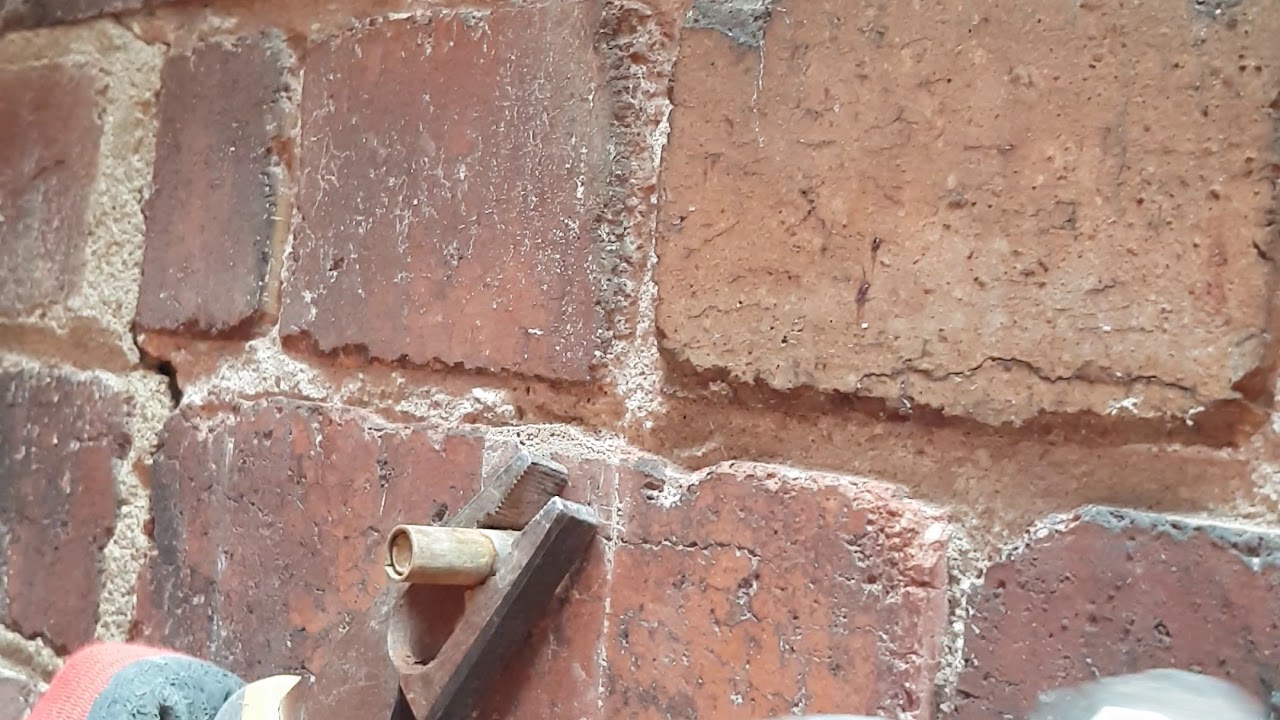
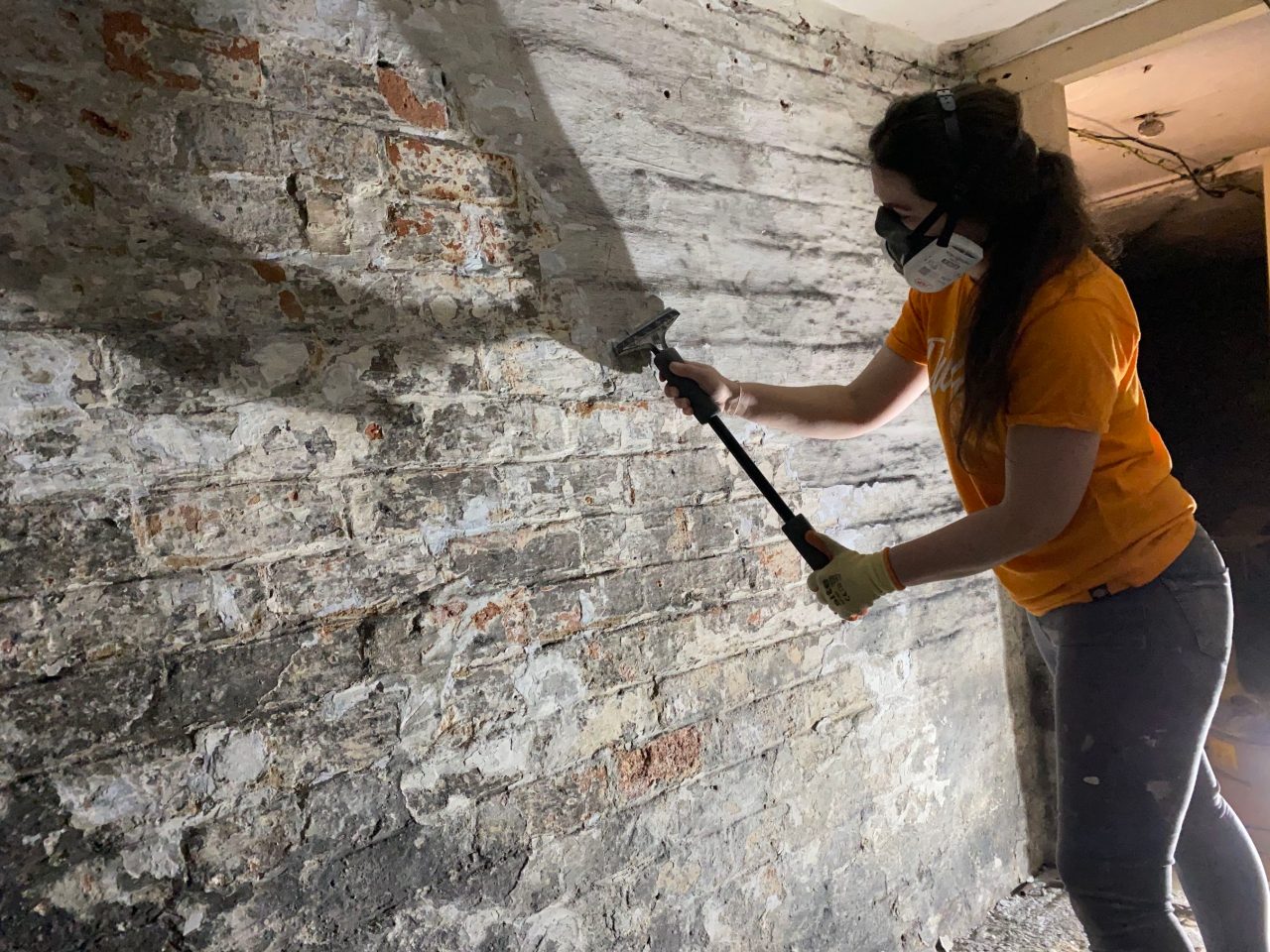
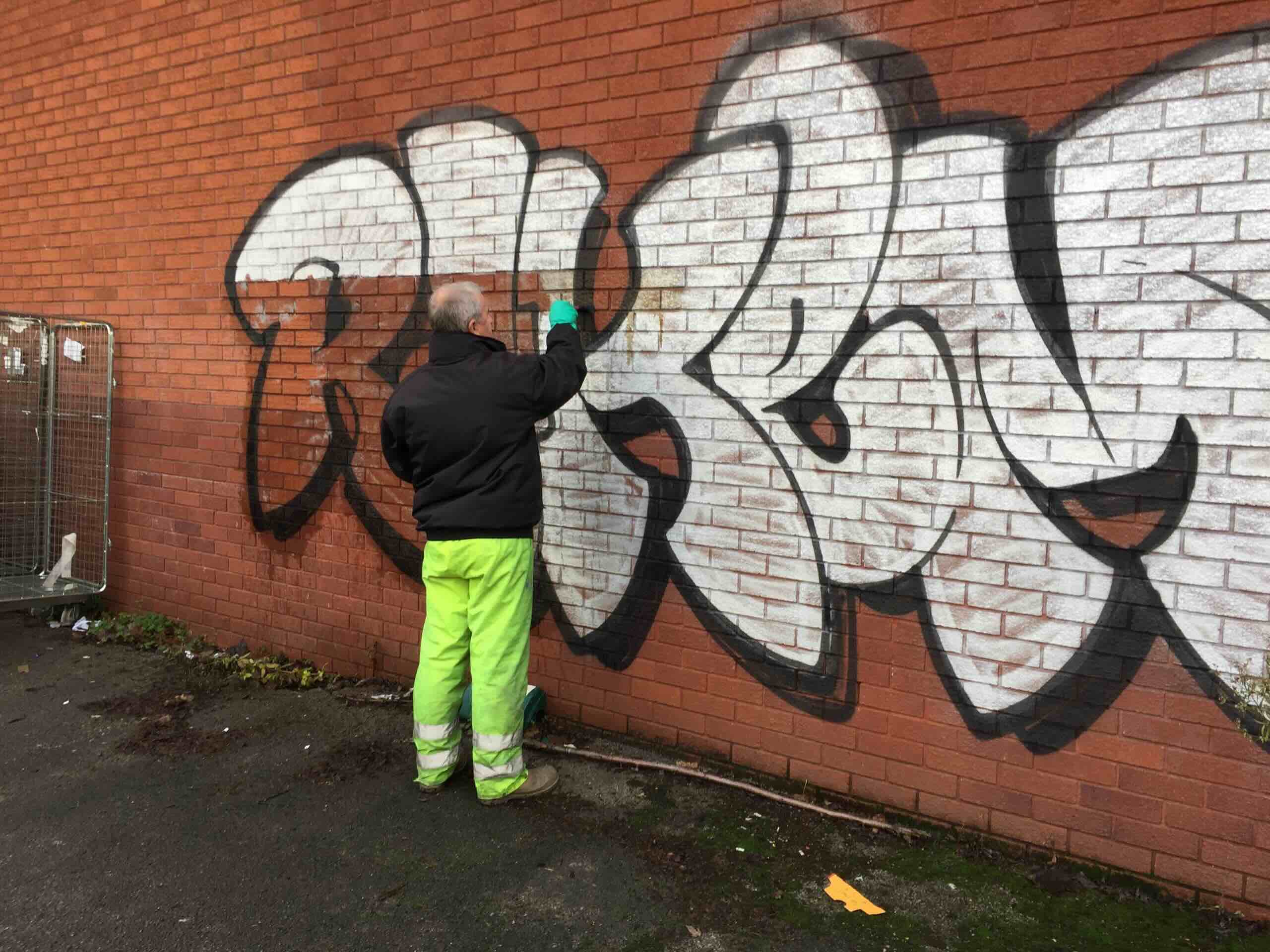
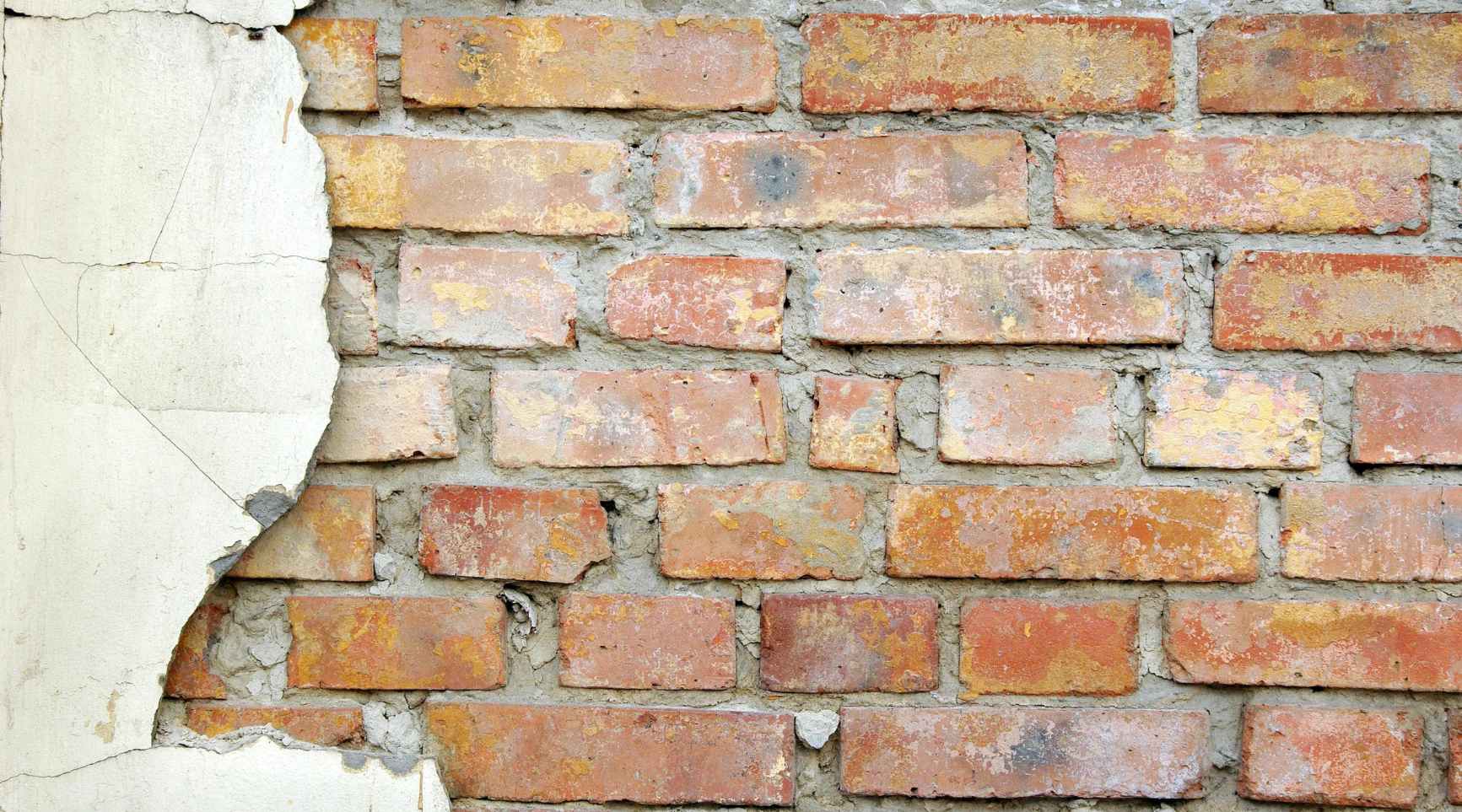
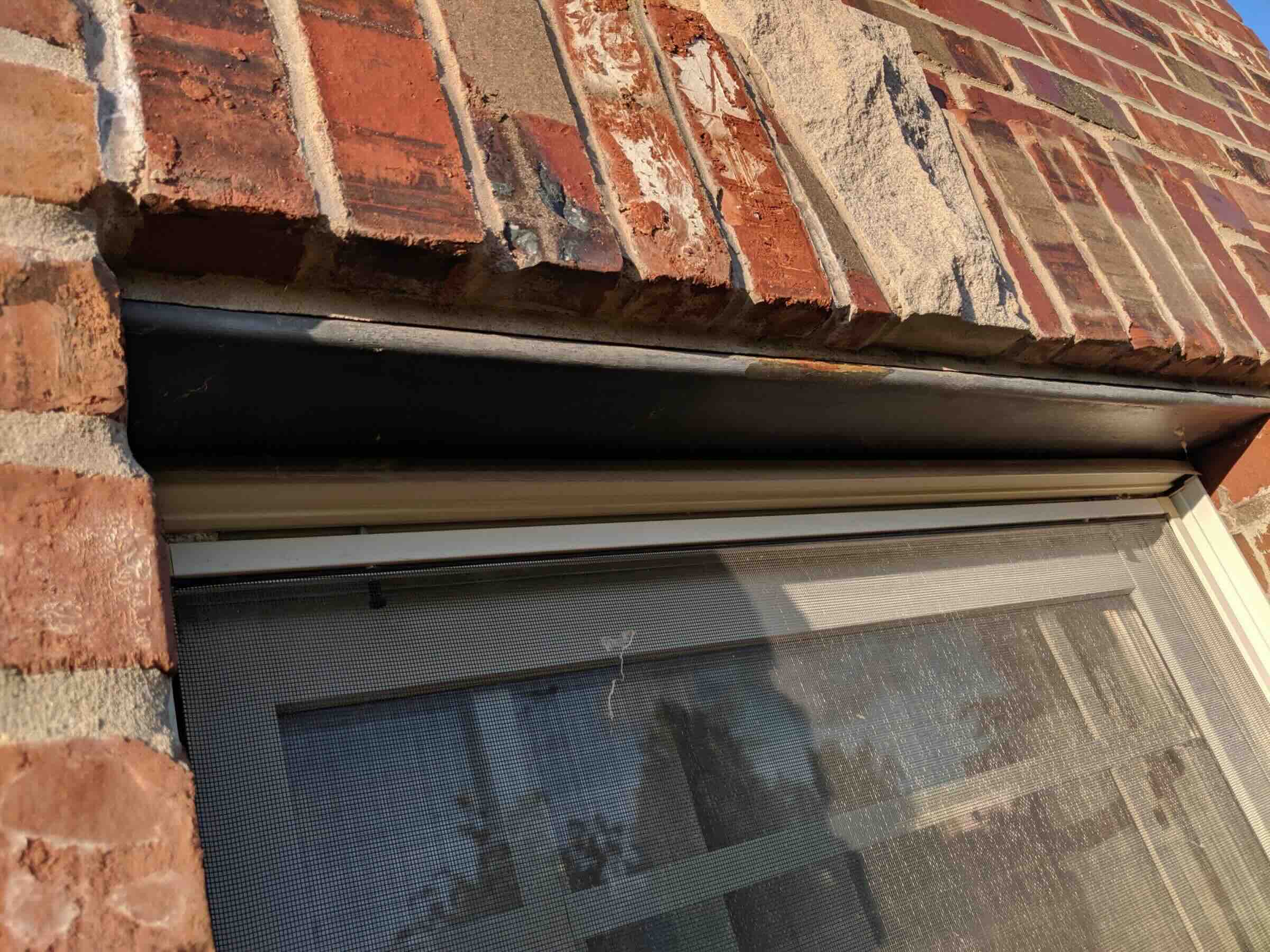

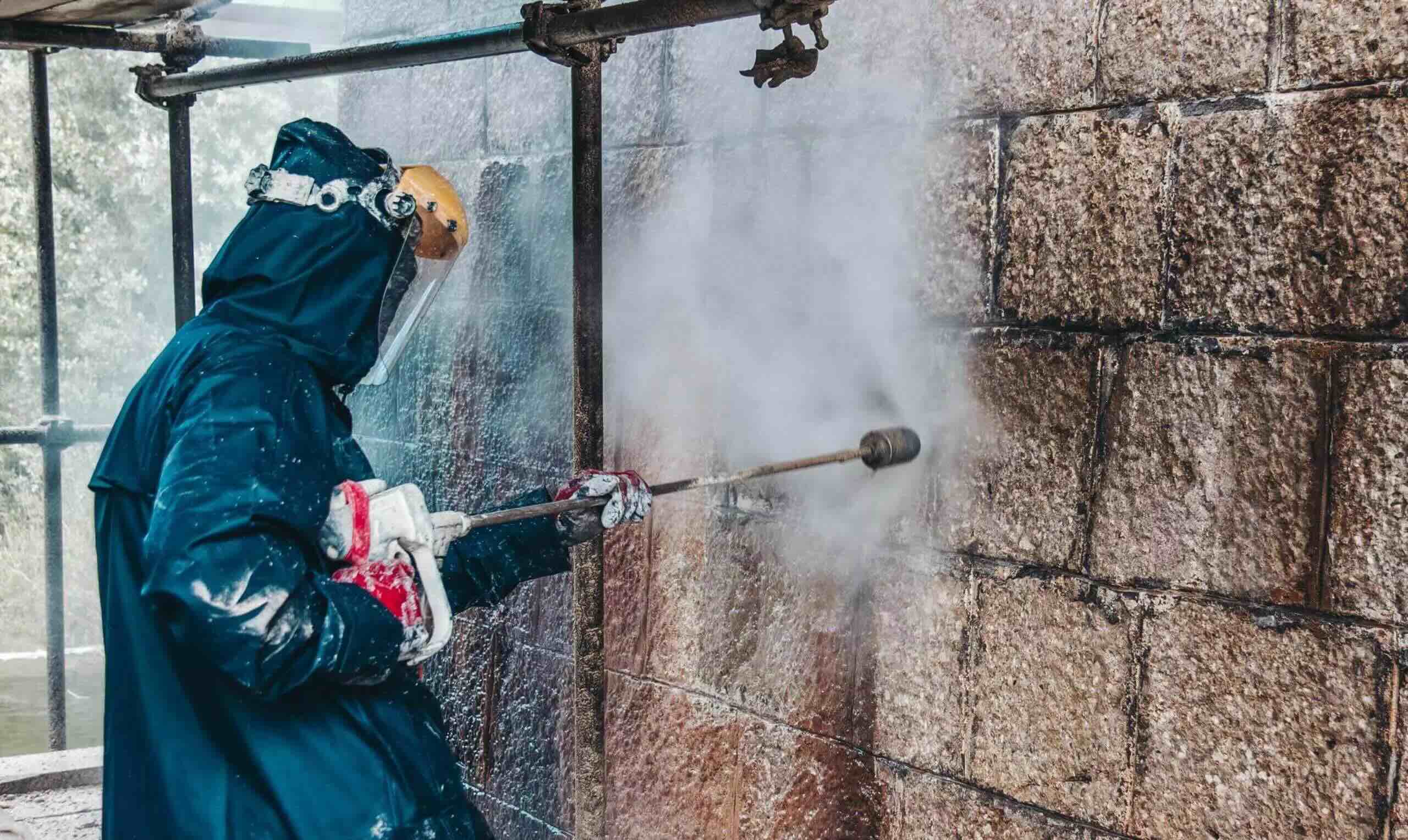

0 thoughts on “How To Remove Bees From A Brick Wall”